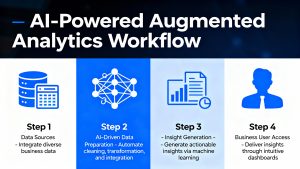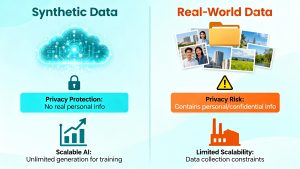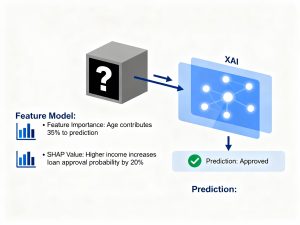The Changing Face of Design in the Tech Industry
Design roles have evolved dramatically. Previously, designers concentrated mainly on the visual and user experience aspects-such as layout, color schemes, and usability. Their involvement rarely extended into the technical implementation, which often led to delays and miscommunication during handoffs to development teams. This separation worked for smaller projects but became a bottleneck as teams and projects grew more complex.
Emergence of the Full-Stack Designer
Today’s fast-paced digital environment demands more than just aesthetic expertise. Full-stack designers have emerged as professionals who bridge the gap between design and development. They possess a blend of creative vision and technical acumen, allowing them to contribute across the entire product lifecycle-from ideation to deployment. This versatility reduces delays, enhances collaboration, and ensures a smoother workflow between design and engineering teams2.
Industry Trends Favoring Versatile Skill Sets
Organizations, especially startups, increasingly seek talent capable of wearing multiple hats. Full-stack designers fit this need perfectly, offering value by handling both design and technical tasks. Larger companies also recognize the advantages-teams with full-stack designers often deliver projects more efficiently and adapt quickly to changing requirements2. The ability to understand both the user’s needs and the technical constraints leads to products that are not only visually appealing but also practical and scalable.
Key Skills and Competencies for Full-Stack Designers
Technical Proficiency
- Front-End Technologies: Mastery of HTML, CSS, and JavaScript is essential for transforming design concepts into interactive, responsive interfaces167.
- Back-End Basics: Familiarity with back-end development, APIs, and frameworks helps designers understand how products function behind the scenes and ensures seamless integration between design and functionality23.
- Version Control: Knowledge of tools like Git and GitHub is crucial for managing code and collaborating with development teams6.
Design and User Experience Expertise
- UI/UX Design: Creating intuitive, visually appealing interfaces remains a core responsibility. Understanding user psychology and conducting user research ensures designs meet real needs27.
- Prototyping and Testing: Skills in wireframing, prototyping, and usability testing help validate ideas before full-scale development2.
Collaboration and Project Management
- Agile Methodologies: Full-stack designers thrive in agile environments, participating in daily stand-ups, planning sessions, and iterative feedback loops2.
- Communication: The ability to translate technical jargon into understandable concepts for non-technical stakeholders is invaluable for cross-functional collaboration5.
The Benefits of Being a Full-Stack Designer
Increased Project Impact
Full-stack designers can contribute at every stage, from brainstorming and prototyping to coding and deployment. This end-to-end involvement accelerates project timelines and ensures a cohesive vision throughout the process.
Enhanced Team Collaboration
By understanding both design and development, full-stack designers act as liaisons, reducing misunderstandings and fostering better teamwork. They can anticipate challenges and propose solutions that satisfy both creative and technical requirements2.
Greater Efficiency and Cost Savings
With the ability to handle multiple roles, full-stack designers minimize the need for extensive handoffs and reduce team size, saving time and resources. This agility enables rapid prototyping and quicker decision-making for clients and stakeholders.
Competitive Advantage in the Job Market
As organizations increasingly value multidisciplinary talent, full-stack designers enjoy higher demand, more job opportunities, and often better compensation. Their unique skill set makes them stand out in a crowded job market2.
Overcoming Common Challenges
The Learning Curve
Mastering both design and development takes time. Full-stack designers are encouraged to start with foundational skills and build gradually, leveraging online resources and real-world projects to gain experience2.
Avoiding Burnout
Balancing diverse responsibilities can be overwhelming. It’s important to focus on core strengths first, set realistic goals, and seek support when needed. Prioritizing quality over quantity helps maintain sustainable growth and job satisfaction.
Staying Current
Technology and design trends evolve rapidly. Continuous learning and adaptability are essential for staying relevant and delivering innovative solutions.
Conclusion
Full-stack designers are indispensable in today’s tech-driven world. Their ability to blend creative design with technical implementation empowers teams to deliver better products, faster. As the demand for versatile talent grows, those who invest in both design and development skills position themselves for long-term success. Embracing continuous learning and adaptability ensures that full-stack designers remain at the forefront of innovation in 2025 and beyond.



